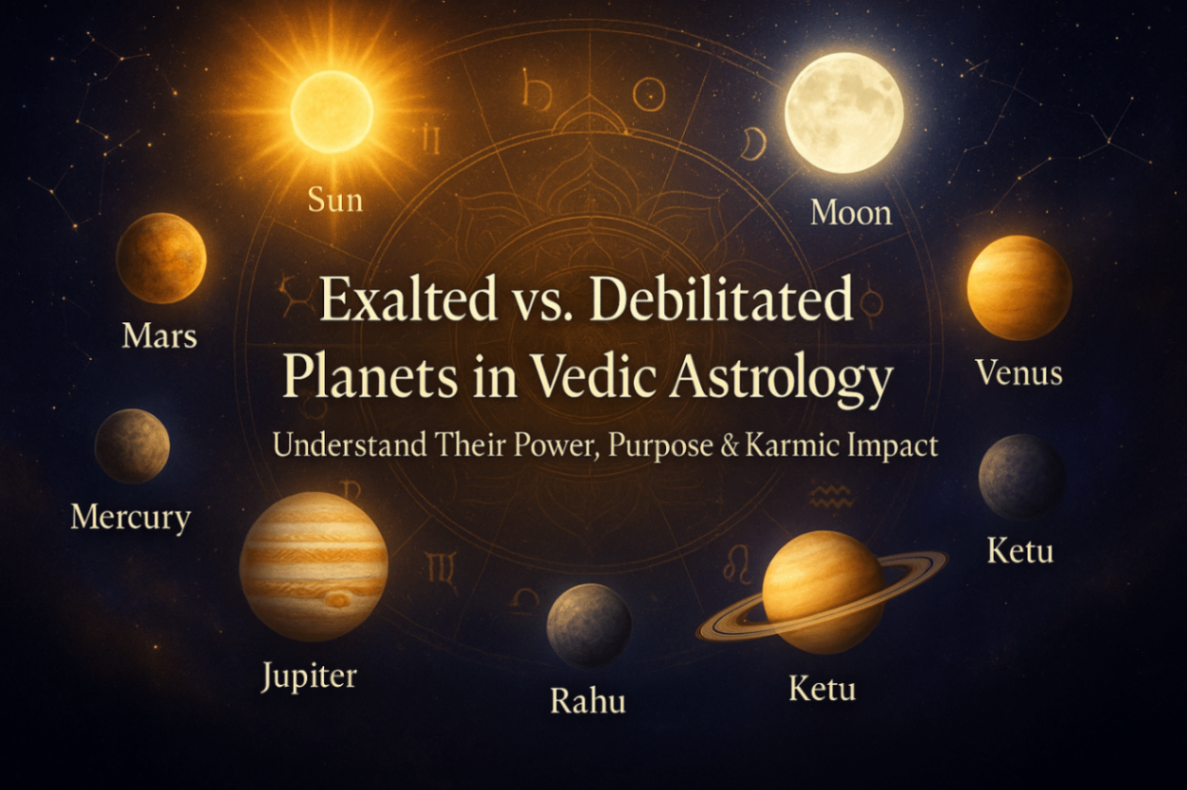Vedic astrology, an ancient system rooted in the wisdom of the sages, offers profound insights into the human journey. Among its many tools, the Varshphal chart stands out as a powerful instrument for yearly prediction and personal guidance. By delving into this annual chart, individuals can navigate the upcoming years challenges and opportunities with greater awareness.
Understanding the Varshphal Chart

The Varshphal chart, also known as the annual horoscope, is a snapshot of the celestial positions at the time of your solar return. This moment occurs when the Sun returns to the exact degree it occupied at your birth. The Varshphal chart is always read alongside your natal chart, providing a comprehensive picture of the influences that may unfold during the year.
What is Varshphal Chart?
In essence, the Varshphal chart is a specialized kundli varshphal that focuses on a single year of life. The term varshphal translates to fruit of the year, emphasizing its role in forecasting yearly outcomes. This chart is particularly popular in India, with many seeking insights from the varshphal in Hindi traditions to align their actions with cosmic rhythms.
The Importance of the Annual Chart
The annual chart offers valuable insights into the themes and challenges you may encounter in the coming year. By analyzing the Varshphal chart alongside your birth chart, astrologers can gain a deeper understanding of the timing and nature of significant events in your life.
The Varshphal chart is a crucial tool for making yearly predictions. It helps in identifying areas of growth, potential obstacles, and the overall direction of personal and professional life. When combined with current planetary transits, it provides a detailed overview of the years influences.
How to Make Varshphal Chart
Creating a Varshphal chart involves calculating the exact moment of your solar return. Astrologers use precise astronomical data to determine the positions of the planets at this time. The process requires expertise in Vedic astrology principles and access to accurate ephemeris data.
Once the chart is constructed, it reveals the planetary positions and houses for the year ahead. This annual kundli varshphal becomes the foundation for interpreting the cosmic influences on your life.
Key Components of the Annual Chart
The Varshphal chart involves several key components that are essential for its interpretation. Understanding these elements is crucial for those learning how to read varshphal chart.
Year Lagna (Ascendant)
The Year Lagna is the ascendant of the annual chart. It signifies the starting point of the chart and sets the tone for the year. The lord of the Year Lagna plays a significant role in shaping the years events. Its placement and aspects can indicate areas of focus and potential challenges.
Varsha Lord
The Varsha Lord is the planet ruling the year, based on specific calculations in Vedic astrology. It dominates the events of the year, influencing various aspects of life. The strength and position of the Varsha Lord can significantly impact the overall outcomes predicted by the Varshphal chart.
Mandi and Gulika
Mandi and Gulika are sensitive points in the annual chart that can provide additional insights into the years challenges and opportunities. They are considered shadowy planets and can indicate areas where caution is needed.
Analyzing the Annual Chart
To effectively analyze the Varshphal chart, astrologers consider the position of the Year Lagna, its lord, and the Varsha Lord. Additionally, aspects from exalted planets and the Dasha periods are taken into account to gauge the strength and significance of events.
For instance, if the Varsha Lord is the Sun, themes related to authority, career, and vitality may become prominent. If the Sun is strong, these areas are likely to prosper; otherwise, they may face challenges.
How to Read Varshphal Chart
Reading a Varshphal chart requires a systematic approach. Here are some steps to guide you:
Examine the Year Lagna: Identify the ascendant of the annual chart and its lord. Analyze its placement, strength, and aspects.
Identify the Varsha Lord: Determine the planet ruling the year and assess its influence based on its house position and relationships with other planets.
Consider Mandi and Gulika: Analyze these points to understand potential difficulties or areas requiring attention.
Assess Planetary Positions: Look at the placement of all planets, especially exalted or debilitated ones, and how they aspect each other.
Analyze Dasha Periods: The Mahadasha and Antardasha periods can provide timing for specific events.
Compare with Natal Chart: Always read the Varshphal chart in conjunction with the natal chart to understand how annual influences interact with lifelong themes.
Case Study: Major Life Events
To illustrate the effectiveness of the Varshphal chart, lets examine a case study involving three major life events. These events were seen through the lens of the Varshphal chart, demonstrating the charts predictive power.
Event 1: Relocation

In this example, the progression of the Mandi point to the seventh house indicated potential changes in relationships. The presence of Mars as the lord of the seventh house, along with the Moon in the fifth house, suggested possible disagreements but also changes in residence. This prediction was confirmed by a relocation to London during the Saturn-Moon Dasha period.
Event 2: Loss of a Family Member
The ninth lords movement to the eighth house indicated a loss, as it is 12th from itself. This prediction was realized with the unexpected passing of a family member. The Mercury-Rahu conjunction in the eighth house and the Saturn-Sun conjunction in the ninth house supported this outcome, revealing the power of the Varshphal chart.
Event 3: Career and Business Ventures
In this case, the third house of the natal chart was activated, with Libra as the ascendant in the annual chart. The presence of Venus in its own house with Mercury and Rahu indicated a focus on career and business. The exalted Jupiter in the tenth house further supported auspicious events related to career, leading to the establishment of a new business.
When Varshphal Chart is Really Bad
Sometimes, the Varshphal chart may indicate challenging periods ahead. When certain malefic planets are prominently placed or the Varsha Lord is weak or afflicted, it can signify obstacles or hardships.
For example, if the Varsha Lord is Saturn and is debilitated or afflicted by malefic aspects, the individual might face delays, frustrations, or health issues. Recognizing these indications allows for proactive measures, such as remedies or lifestyle adjustments, to mitigate negative effects.
Yearly Prediction and Personal Growth
The Varshphal chart serves as a roadmap for the year, highlighting potential events and personal growth areas. By understanding the yearly prediction, individuals can make informed decisions and align their actions with favorable planetary influences.
Embracing the insights from the Varshphal chart can lead to:
Improved Decision-Making: Knowing when to act on opportunities or when to exercise caution.
Personal Development: Identifying areas for self-improvement and growth.
Relationship Harmony: Understanding potential challenges in relationships and addressing them proactively.
The Role of Dasha Periods
In Vedic astrology, Dasha periods are planetary cycles that influence life events. When analyzing the Varshphal chart, its essential to consider the current Mahadasha and Antardasha. These periods can provide timing for significant events predicted in the annual chart.
For instance, a favorable Jupiter Mahadasha may enhance opportunities indicated by a strong Varsha Lord. Conversely, a challenging Rahu Dasha might intensify difficulties shown in the Varshphal chart.
The Connection with Transits
Planetary transits play a vital role in activating the potential of the Varshphal chart. Transits of major planets like Saturn, Jupiter, and Rahu-Ketu over critical points in the chart can trigger events.
For example, a transit of Saturn over the natal Moon, known as Sade Sati, can bring emotional challenges. If this transit coincides with negative indications in the Varshphal chart, the effects may be more pronounced.
Varshphal in Hindi Traditions
In Indian culture, the Varshphal chart holds significant importance. Many astrologers provide varshphal in Hindi to cater to the local populace. Understanding the chart in ones native language can enhance comprehension and connection to the insights offered.
The Varshphal chart is often consulted during birthdays or the beginning of the Hindu New Year. It guides individuals in planning auspicious activities and avoiding inauspicious times.
Kundli Varshphal and Personal Destiny
The kundli varshphal integrates the annual chart with the natal horoscope, providing a holistic view of personal destiny. This approach considers both lifelong patterns and yearly influences, offering a nuanced understanding of ones journey.
By studying the kundli varshphal, astrologers can identify repeating patterns, strengths, and weaknesses. This knowledge empowers individuals to harness positive energies and address challenges effectively.
Ethical Considerations in Predictions
While the Varshphal chart is a powerful predictive tool, astrologers must exercise ethical responsibility. Predicting events such as death or serious illness requires sensitivity and caution. The focus should be on providing guidance and support rather than inducing fear.
Astrology is meant to be a tool for empowerment. By highlighting potential challenges, astrologers can help individuals prepare and take proactive steps to navigate difficulties.
Conclusion
The annual chart, when read in conjunction with the natal chart and ongoing planetary transits, offers a comprehensive view of the years influences. It helps identify repeating patterns and potential yogas, increasing the probability of specific events transpiring. While predicting events such as death requires a cautious approach, the Varshphal chart remains a valuable tool for understanding lifes unfolding journey.
Understanding how to read varshphal chart enables one to align with cosmic energies, make informed decisions, and embrace personal growth. Whether seeking guidance on career, relationships, or personal development, the Varshphal chart serves as a beacon, illuminating the path ahead.
As we navigate the ever-changing currents of life, the wisdom of Vedic astrology and the Varshphal chart can guide us toward fulfillment and harmony.






































